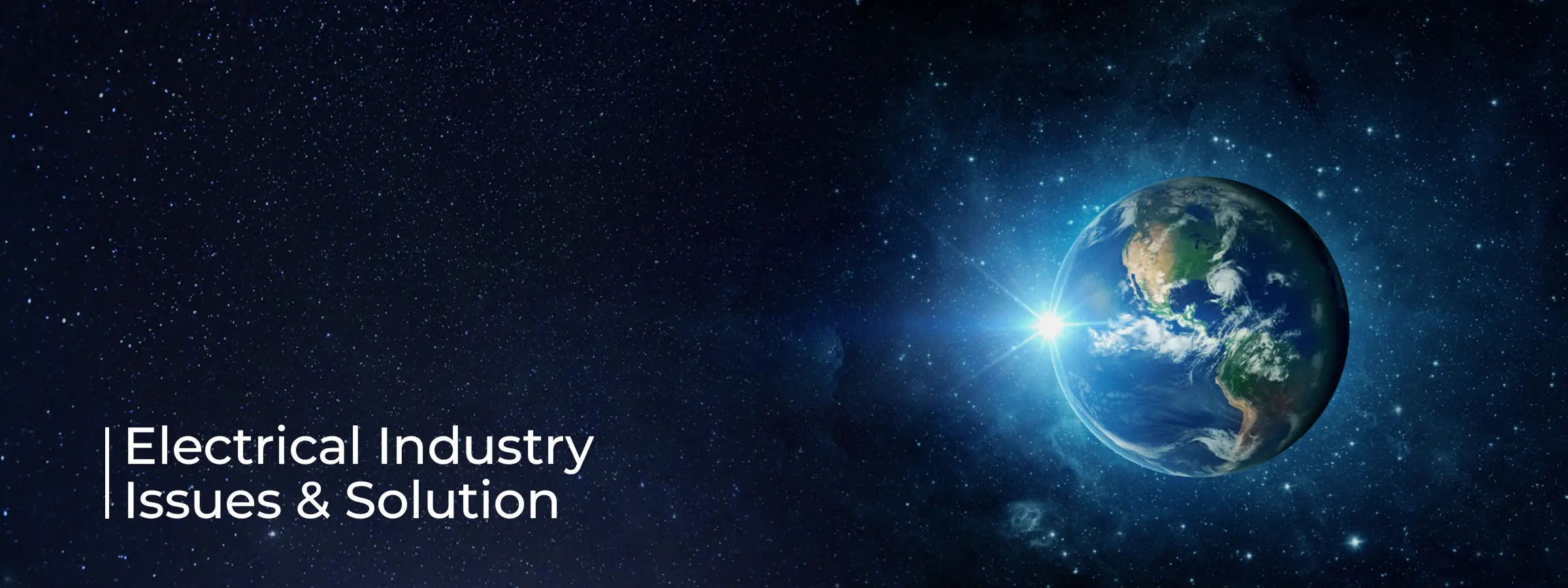
Engineering Team: The engineering team in the electrical company faces significant challenges related to translation, impacting an organization’s ability to design, develop, and implement products for diverse global markets. Despite the critical role of clear and accurate technical documentation in engineering processes, many times translation practices are inefficient and error-prone, leading to delays, miscommunications, and decreased productivity.
• Inconsistent Technical Terminology: Translation process often results in inconsistencies in technical terminology across different languages. This inconsistency can lead to confusion among engineers, technicians, and other stakeholders, hindering collaboration and compromising the accuracy and reliability of engineering designs and specifications.
• Delayed Time-to-Market: The time-consuming nature of a non-efficient translation workflow contributes to delays in launching products in international markets. Engineering documents, including schematics, diagrams, and specifications, must be translated accurately and promptly to support manufacturing, testing, and regulatory compliance processes, but delays in translation hinder our ability to meet market demands and capitalize on opportunities.
• Miscommunication and Errors: Inaccurate or incomplete translation of engineering documents can lead to miscommunication, errors, and rework during product development and implementation. Misunderstandings regarding technical requirements, specifications, and design constraints may result in design flaws, safety hazards, or non-compliance with regulatory standards, risking product quality and customer satisfaction.
• Compliance and Regulatory Risks: Engineering documentation often contains critical information on safety standards, regulatory requirements, and industry specifications. Failure to translate these documents accurately and in compliance with local regulations can expose the company to legal risks, fines, and penalties, jeopardizing market access and reputation in target regions.
• Cost Inefficiencies: Translation expenses can strain the engineering budget, especially when outsourcing to external agencies or hiring multilingual staff. Limited resources and budget constraints may hinder the ability to invest in translation technologies, training programs, and quality assurance measures needed to improve translation efficiency and effectiveness.
• Develop Standardized Technical Glossaries: Create comprehensive technical glossaries containing standardized terminology and definitions for engineering concepts, components, and processes. These glossaries will serve as reference materials for translators, ensuring consistency and accuracy in translated engineering documents.
• Conduct Quality Assurance Checks: Implement rigorous quality assurance processes, including peer reviews, proofreading, and validation checks, to ensure the accuracy and integrity of translated engineering documents.
• Optimize Resource Allocation and Budget Management: Prioritize translation investments based on the criticality of engineering documentation for product development, regulatory compliance, and market expansion.
By addressing these key issues and implementing the proposed solutions, the engineering team can overcome the challenges associated with translation, enhance collaboration and communication across global teams, and accelerate product development cycles while maintaining compliance with regulatory standards and quality requirements.
© 2024 WHITE GLOBE GROUP PVT LTD